I’ve been having some fascinating conversations with fisheries biologist Steven Bardin lately, who owns and operates Texas Pro Lake Management (his Facebook page is also one of the most interesting you’ll find on social media). You’ll remember him as the source for our recent crappie management and barotrauma articles.
I learn something new each time we talk and I wanted to put some of the most interesting facts into one piece for our readers to enjoy and share with their fishing buddies. Of course, we’re always trying to catch more and bigger bass, but the more you know about your preferred species, the better your chances of cracking the code.
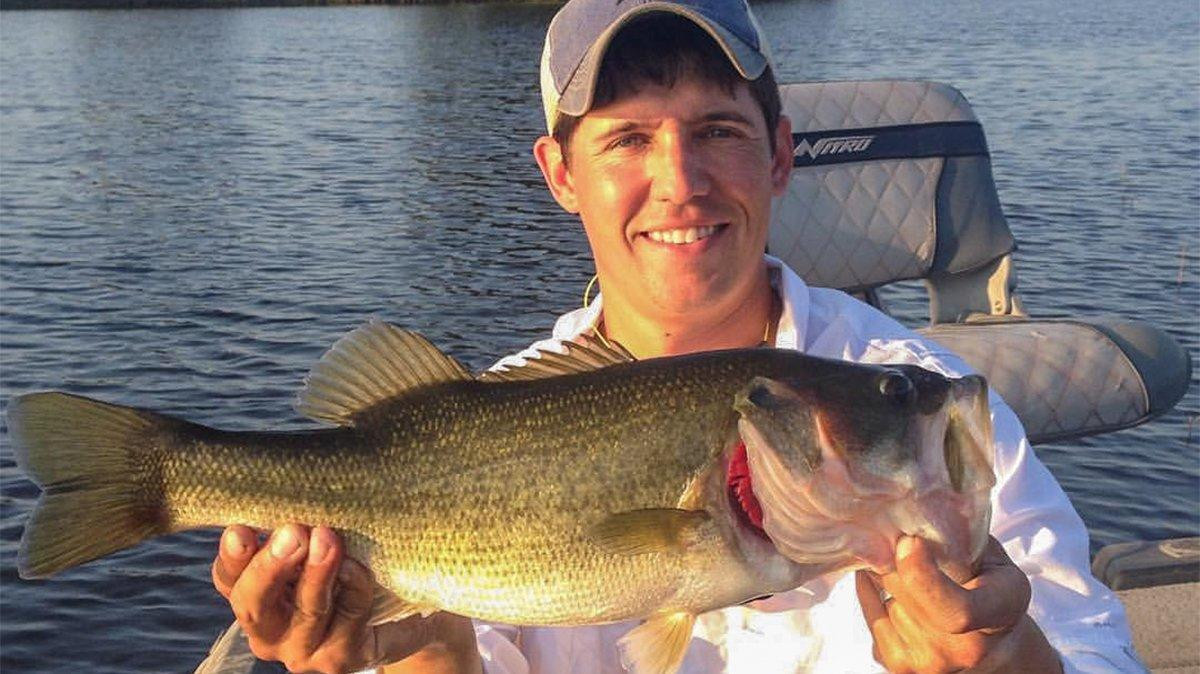
Discovery
Largemouth bass were first discovered in 1562 by the French in Florida. To this day, The Sunshine State is still considered one of the best places on earth to catch a trophy largemouth.
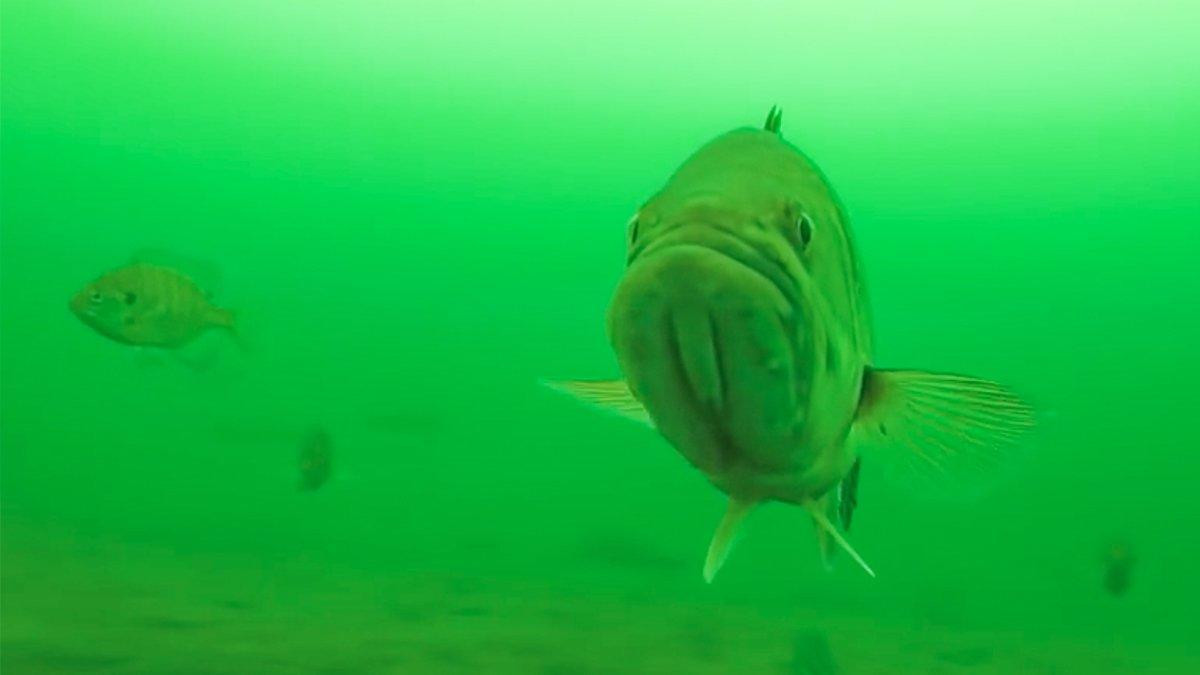
The Rocky Mountain Divide
Black bass species are not native to areas west of the Rocky Mountains. Today, they are found throughout the continental United States, Hawaii and at least 75 other countries.
Believe it or not, largemouth bass are considered an invasive species in many countries. This is due to their voracious appetites, aggressive feeding tendencies and ability to survive (and thrive) in many conditions.
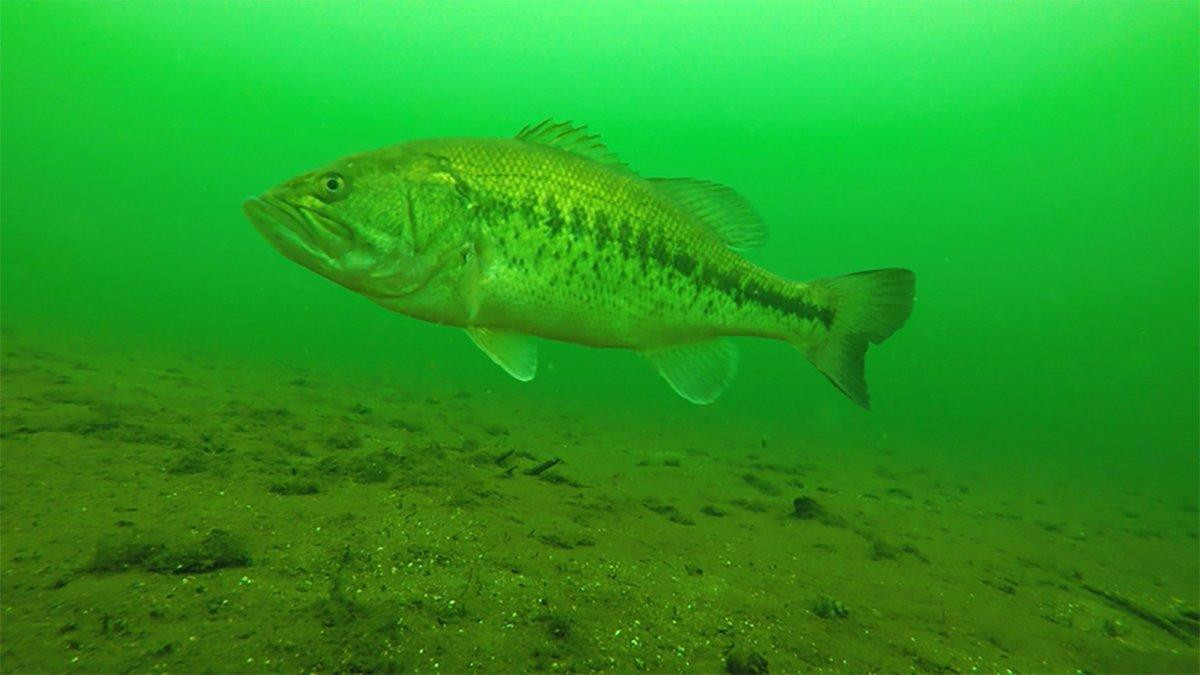
Family Ties
Largemouth, smallmouth and spotted bass are in the Centrarchidae family, which also includes crappie and bluegill. Striped and white bass are actually not included in this family. Currently there are several types of bass that make up the black bass family: Suwanee bass, Alabama bass, Florida bass, Guadalupe bass, largemouth bass, red eye bass, shoal bass, smallmouth bass and spotted bass.
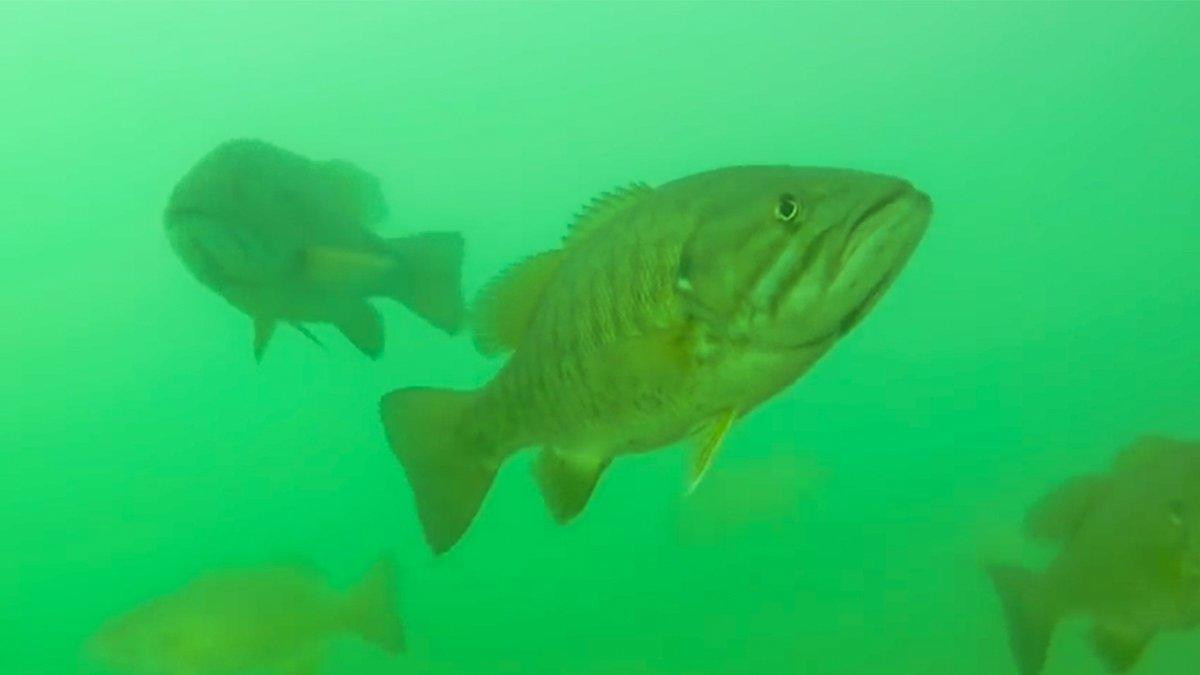
DNA Comparison
Smallmouth bass are more closely related to spotted bass than largemouth are to Florida bass. The DNA difference is 1.2% compared to 3.89%.
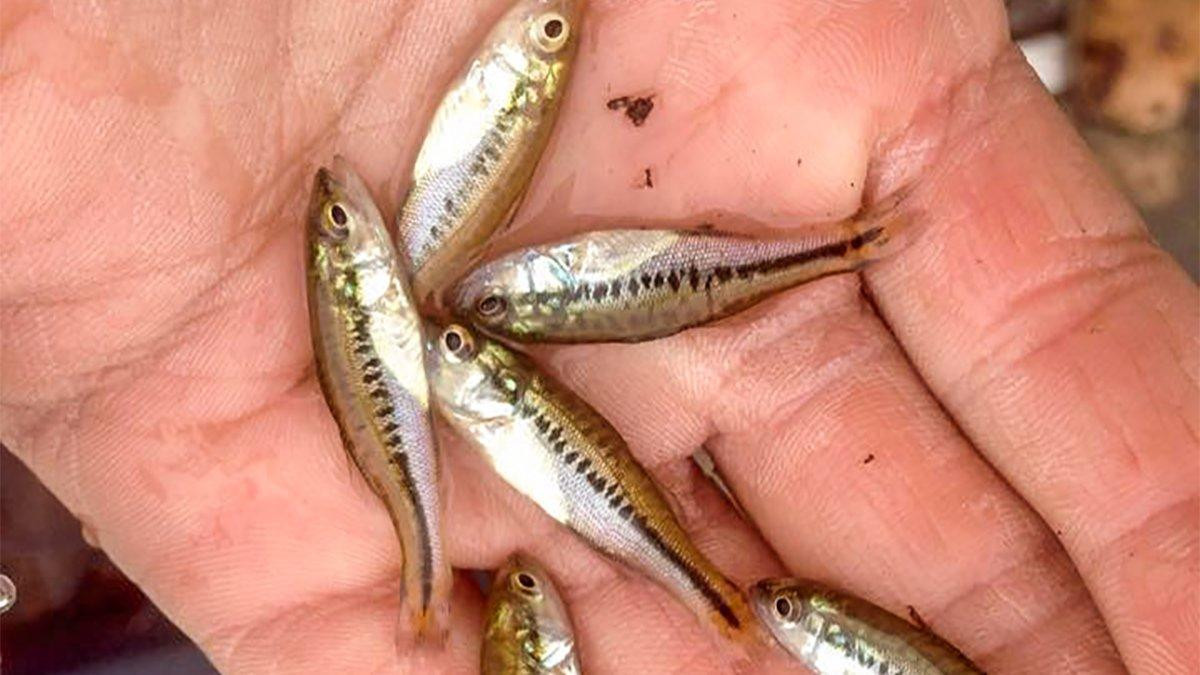
Lifespan
The lifespan of bass species is strongly dictated by region.
- Smallmouth live between 6 and 12 years on average, with few reaching a 15-year maximum.
- Largemouth found in the northern United States typically live much longer lives (12 to 15 years) than largemouth in the southern portion of the country (10 to 12 years).
- The oldest known largemouth was 23-years-old and lived in New York.
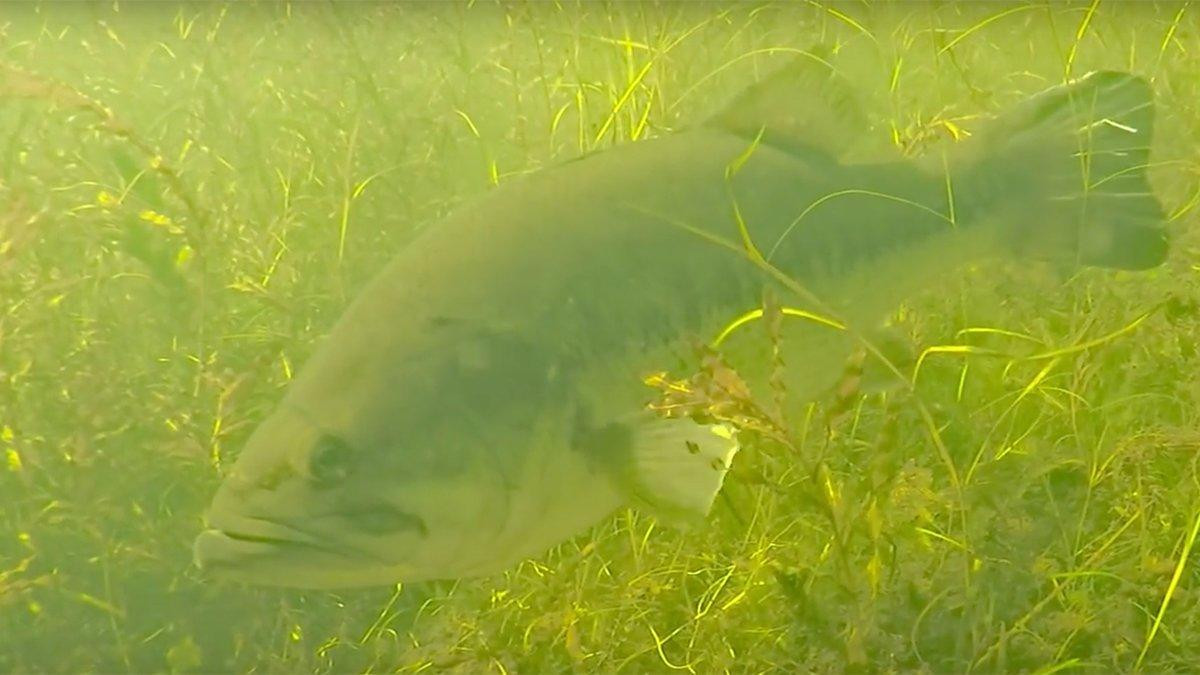
Spawning
Female largemouth bass produce an average of 4,000 eggs per pound of body weight but they typically do not drop them all at once. Instead, they will spawn with multiple males ensuring the best possible survival rate.
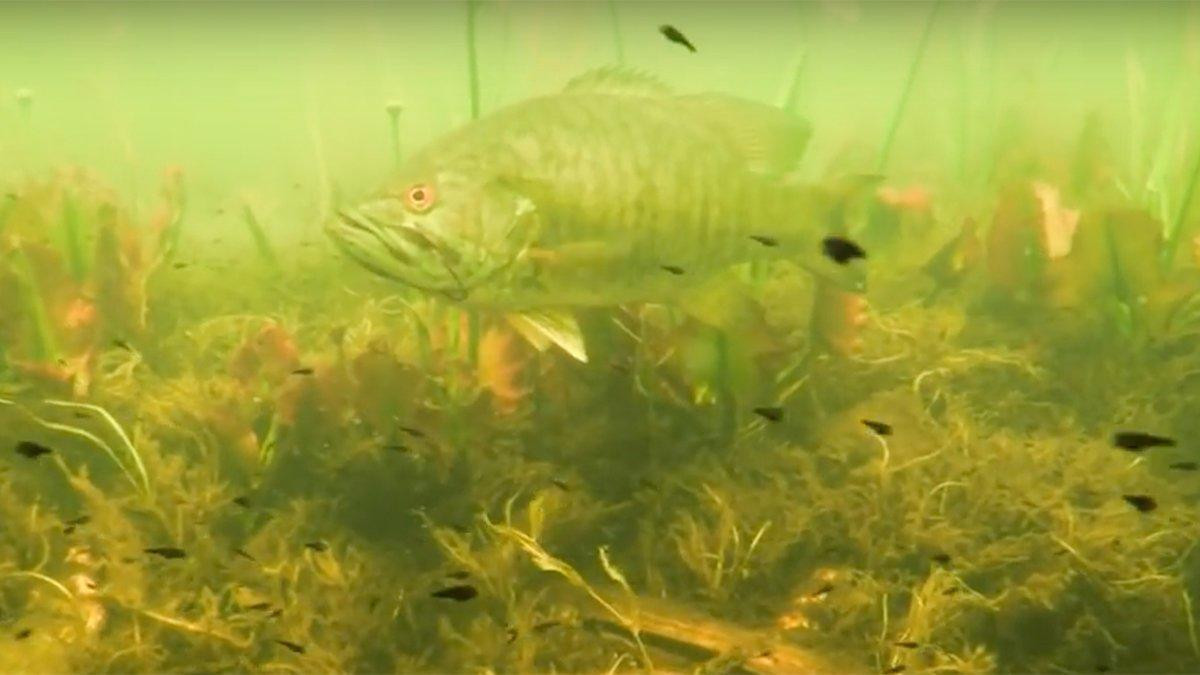
The Males’ Spawning Duties
Contrary to popular belief, males of all black bass species actually build the spawning nests each year. They then spend 2 to 6 days protecting the eggs before guarding the newly hatched fry from potential predators.
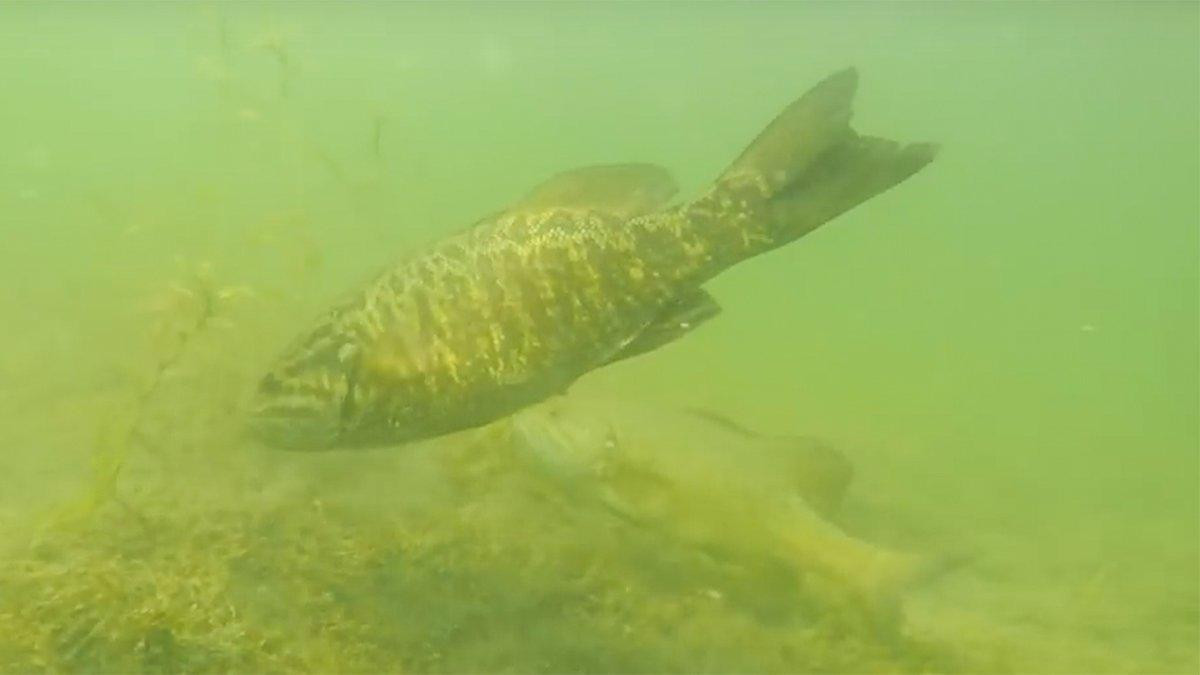
Smallmouth Nest Proximity
Smallmouth bass are known to have distinct home ranges and males have been observed to build their nest within 65 feet of their previous year’s nest.
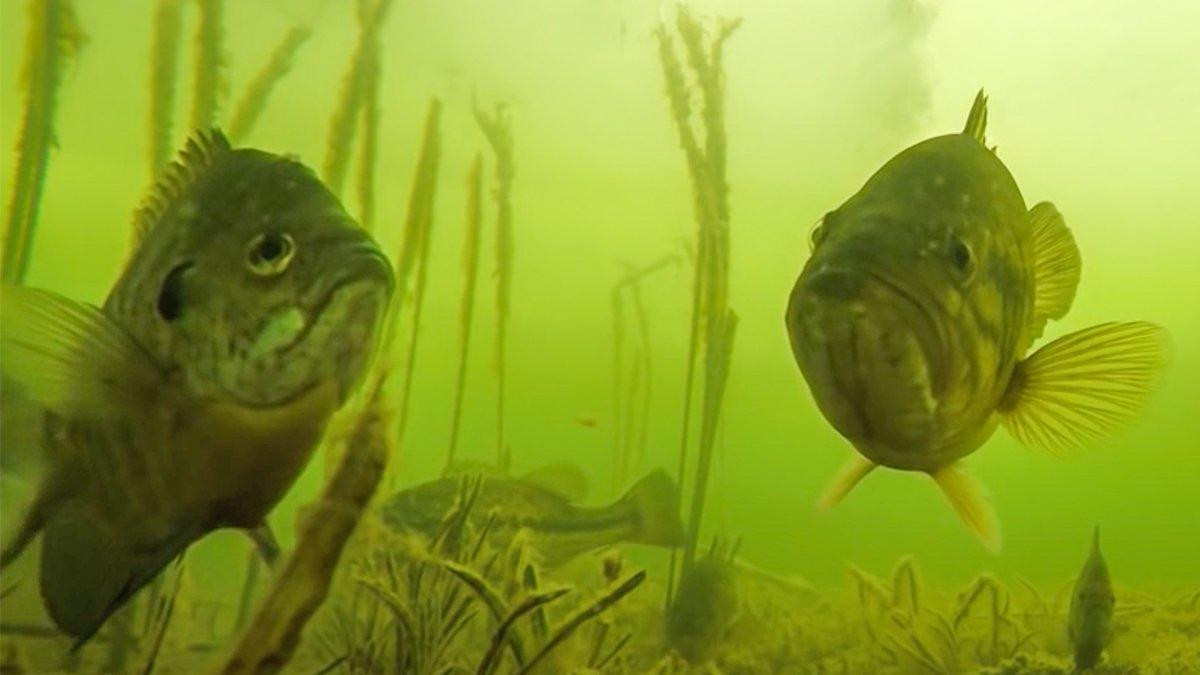
Bass Growth
Bass need to consume 10 pounds of forage to gain 1 pound of body weight. So if a bass eats 1,000 1-inch bluegill, it will only grow 1 pound.
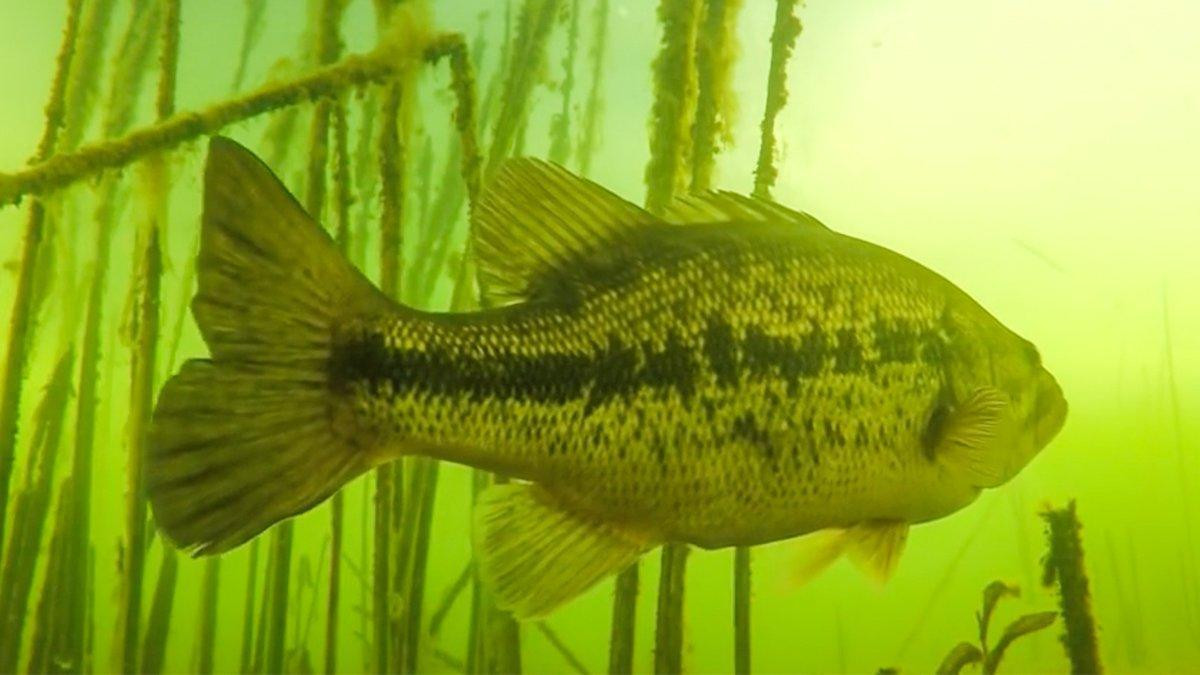
Swim Speed
Largemouth bass swim at 2 1/2 times their body length per second. That means a 15-inch bass can out-swim any lure you throw!












